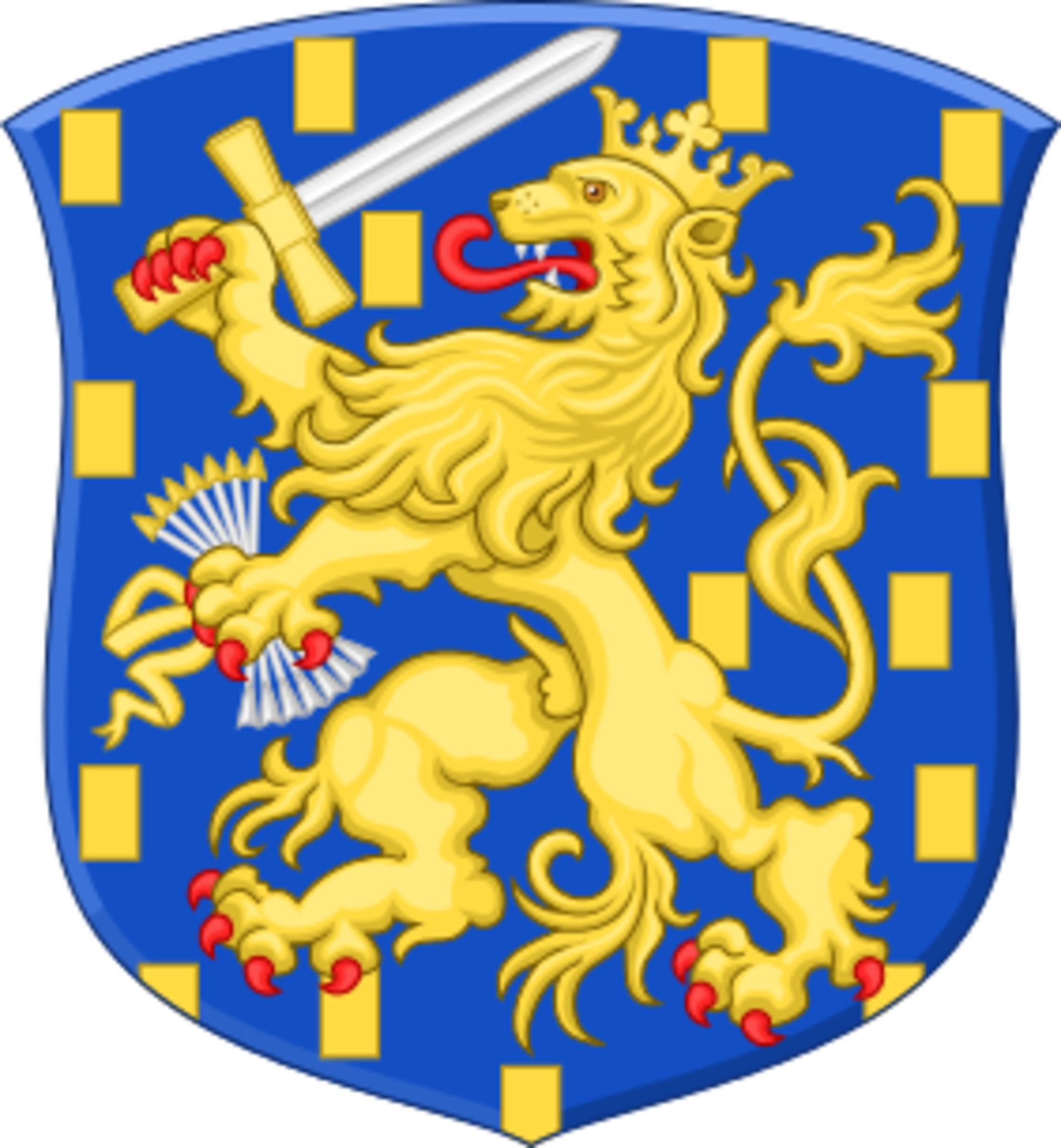Kingdom of the Netherlands
The colonial and mercantile power of the United Provinces (or the Dutch Republic) gradually waned with the strengthening of Great Britain during the 18th century, and its definite collapse came with Napoleon’s continental blockade.

Coat of arms

Shirt
| Position | First name | Last name | Mjesto rođenja | Like | Dislike | |
|---|---|---|---|---|---|---|
| GK | Jasper | CILLESSEN | Groesbeek |
2 |
2 |
|
| GK | Jeroen | ZOET | Veendam |
1 |
0 |
|
| GK | Thibaut | COURTOIS | Bree |
18 |
2 |
|
| DC | Matthijs | DE LIGT | Leiderdorp |
2 |
0 |
|
| DC | Stefan | DE VRIJ | Ouderkerk aan den IJssel |
4 |
1 |
|
| DC | Vincent | KOMPANY | Uccle |
15 |
0 |
|
| DC | Virgil | VAN DIJK | Breda |
10 |
2 |
|
| DRC | Toby | ALDERWEIRELD | Antwerp |
6 |
0 |
|
| DLC | Jan | VERTONGHEN | Saaint Niklaas |
12 |
2 |
|
| DLC/DMC | Daley | BLIND | Amsterdam |
5 |
1 |
|
| DR | Daryl | JANMAAT | Leidschendam |
2 |
0 |
|
| DR | Denzel | DUMFRIES | Rotterdam |
2 |
0 |
|
| DL | Patrick | VAN AANHOLT | 's-Hertogenbosch |
2 |
1 |
|
| DMC | Youri | TIELEMANS | Sint-Pieters-Leeuw |
8 |
0 |
|
| DMC/DC | Frenkie | DE JONG | Arkel |
3 |
0 |
|
| MC | Axel | WITSEL | Liège |
3 |
1 |
|
| MC | Georginio | WIJNALDUM | Rotterdam |
4 |
2 |
|
| MC | Mousa | DEMBELE | Antwerp |
6 |
2 |
|
| MC | Radja | NAINGGOLAN | Antwerp |
9 |
0 |
|
| AMC | Hakim | ZIYECH | Dronten |
4 |
2 |
|
| AMC | Wesley | SNEIJDER | Utrecht |
7 |
0 |
|
| AMRLC | Eden | HAZARD | Le Louviere |
20 |
1 |
|
| AMRLC | Kevin | DE BRUYNE | Drongen |
23 |
0 |
|
| AMRL | Arjen | ROBBEN | Bedun |
9 |
0 |
|
| AMRL | Memphis | DEPAY | Moordrecht |
2 |
0 |
|
| AMRL | Quincy | PROMES | Amsterdam |
3 |
2 |
|
| AMRL | Yannick | CARRASCO | Bruxelles |
4 |
0 |
|
| FRLC | Divock | ORIGI | Ostend |
3 |
1 |
|
| FRLC | Dries | MERTENS | Leuven |
10 |
0 |
|
| FC | Michy | BATSHUAYI | Bruxelles |
8 |
2 |
|
| FC | Robin | VAN PERSIE | Rotterdam |
4 |
0 |
|
| FC | Romelu | LUKAKU | Antwerp |
12 |
4 |
(Today: Belgium and Netherlands)
During the restoration in post-Napoleonic Europe, a constitutional kingdom of Netherlands was formed, with the Orange-Nassau dynasty at its head. It consisted of the former territory of the United Provinces, the Austrian Netherlands and the Prince-Bishopric of Liege. The king was also the Grand Duke of Luxemburg, which was also inside the territory of the newly created German Confederation. Even though this Netherlands was created as a measure of security in case of a repeated French attack, it was one of the rare countries in the West where the order established at the Congress of Vienna was not conserved. The differences between the north and the south, a consequence of two hundred years of separation, soon came to a head. These differences showed in the mentality, Catholic and Calvinist religion, and a longer tradition of living in an independent environment in the north. The king also viewed the southern parts as territorial gains, not partners. He ran afoul of the high and middle classes who spoke French in Flemish areas when he made Dutch the official language there, and also ran afoul of the Catholic church when he reduced its influence in the system of education.
The revolutionary events in Paris in 1830 encouraged the southern parts of the Kingdom of the Netherlands to rebel. At first, they rebelled against Protestant political domination and wanted simpler administrative autonomy, but they later started to seek national independence. They succeeded by 1839, thanks to the support of Great Britain and the authorities in France, and the newly created country was named Belgium.
Sources
- Grupa autora, Povijest: Napoleon, restauracija i revolucionarna kretanja (1800 – 1848), knjiga XIII., Zagreb 2008.
- ''Low Countries'', https://en.wikipedia.org/wiki/Low_Countries
- ''Treaty of Paris (1814)'',https://en.wikipedia.org/wiki/Treaty_of_Paris_(1814)
- ''United Kingdom of Netherlands'', (https://en.wikipedia.org/wiki/United_Kingdom_of_the_Netherlands
- Grb https://en.wikipedia.org/wiki/Coat_of_arms_of_the_Netherlands
